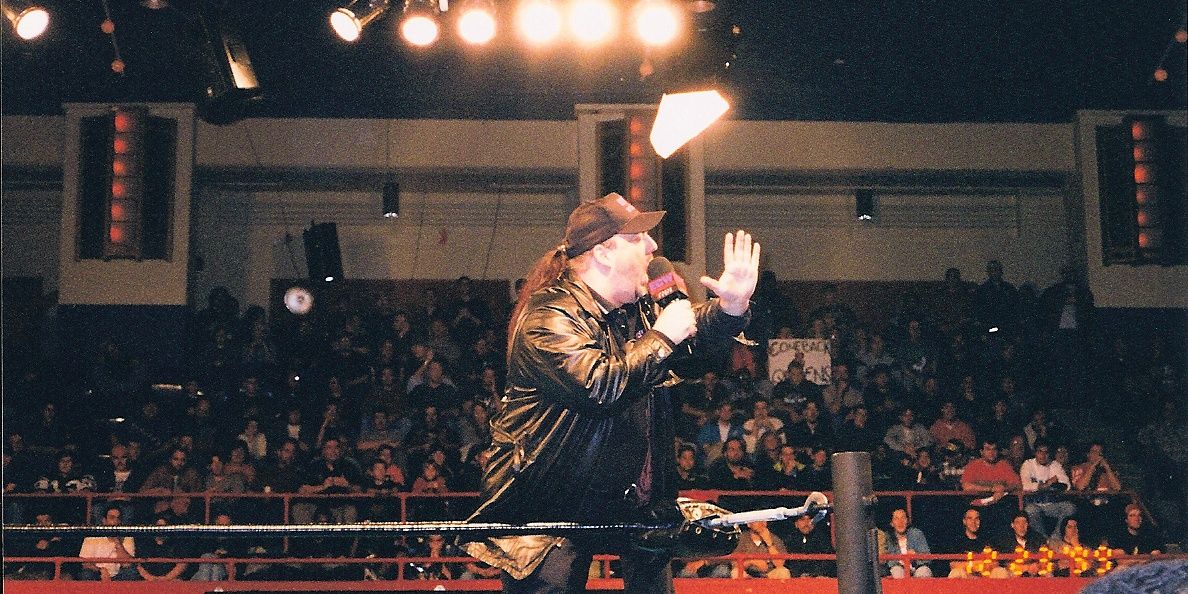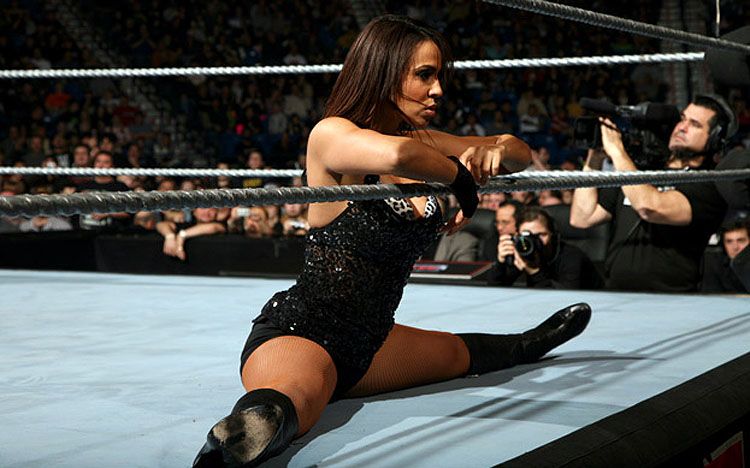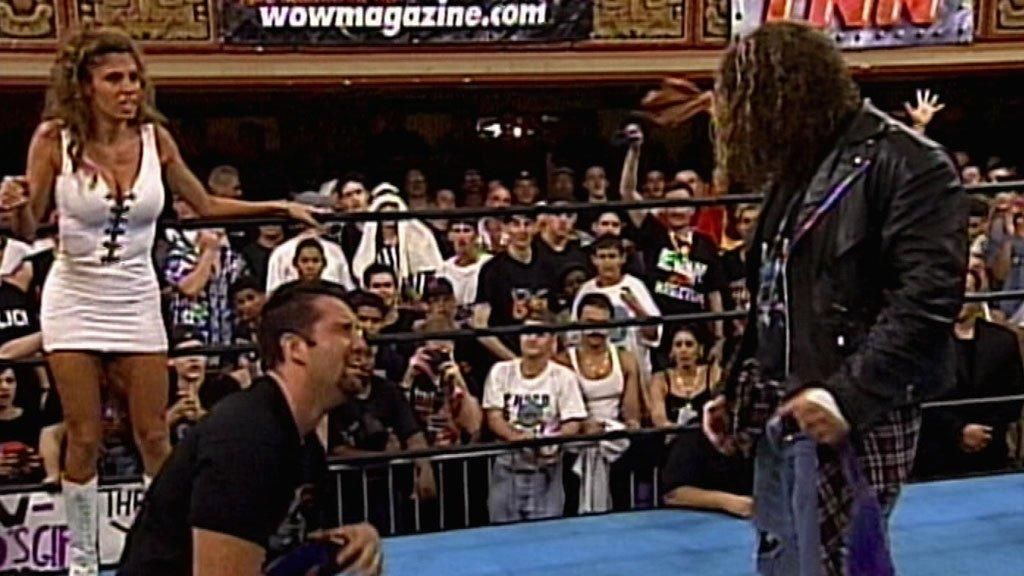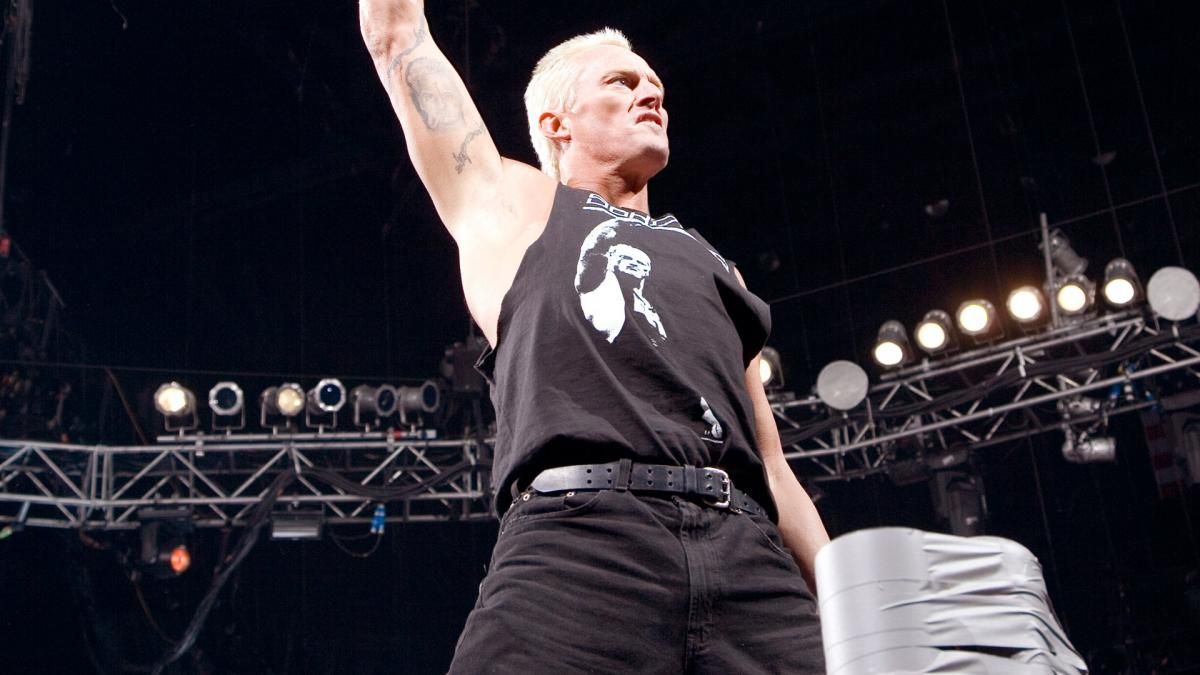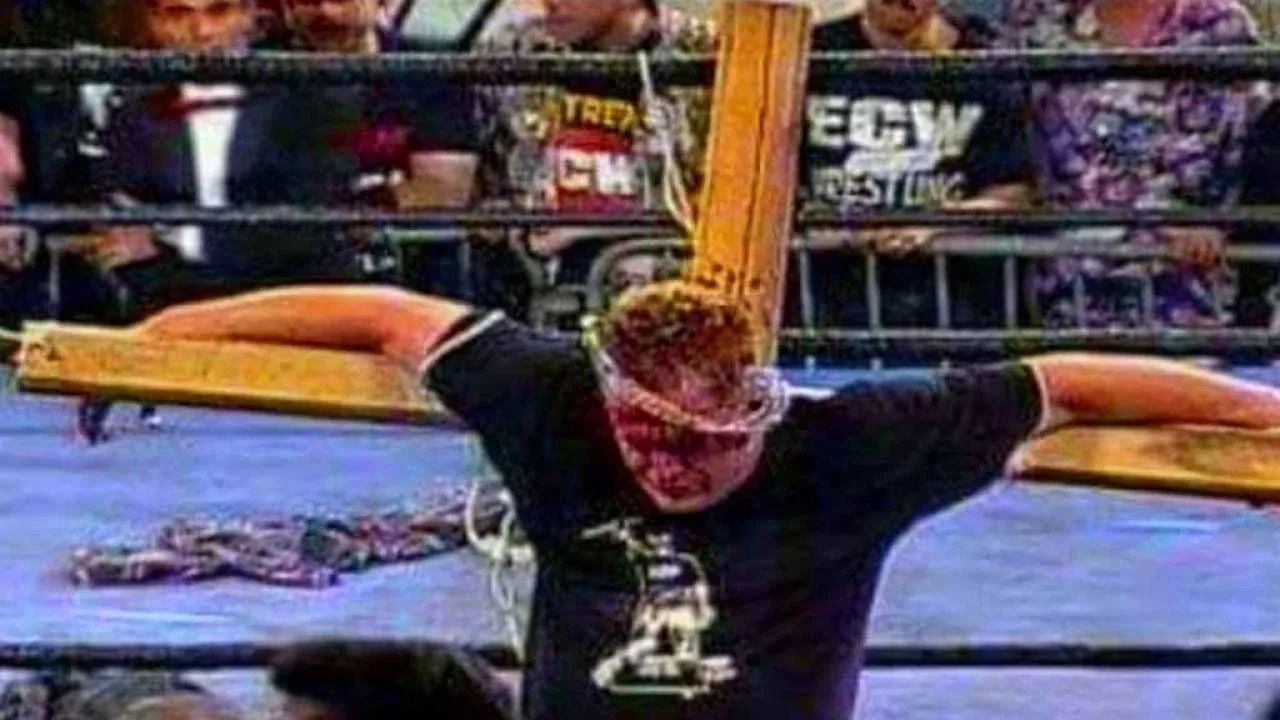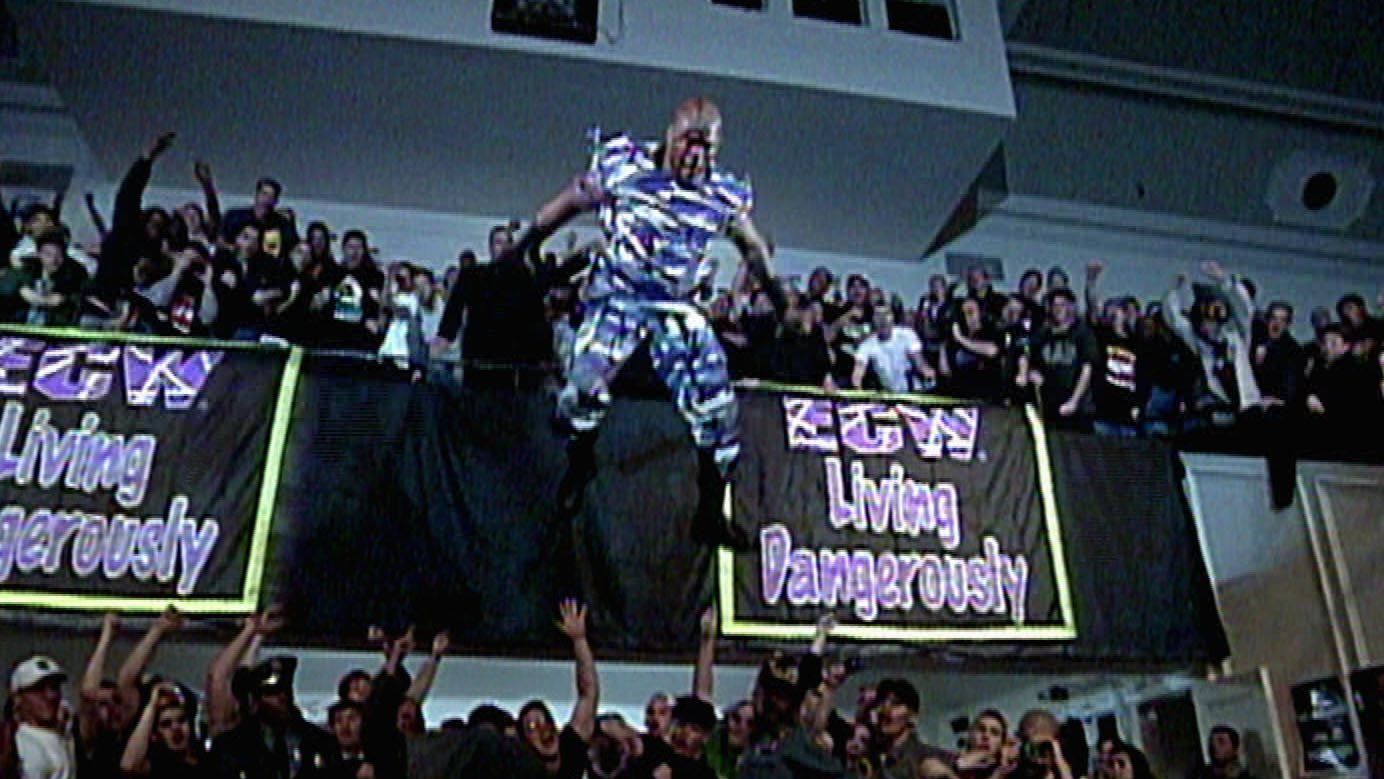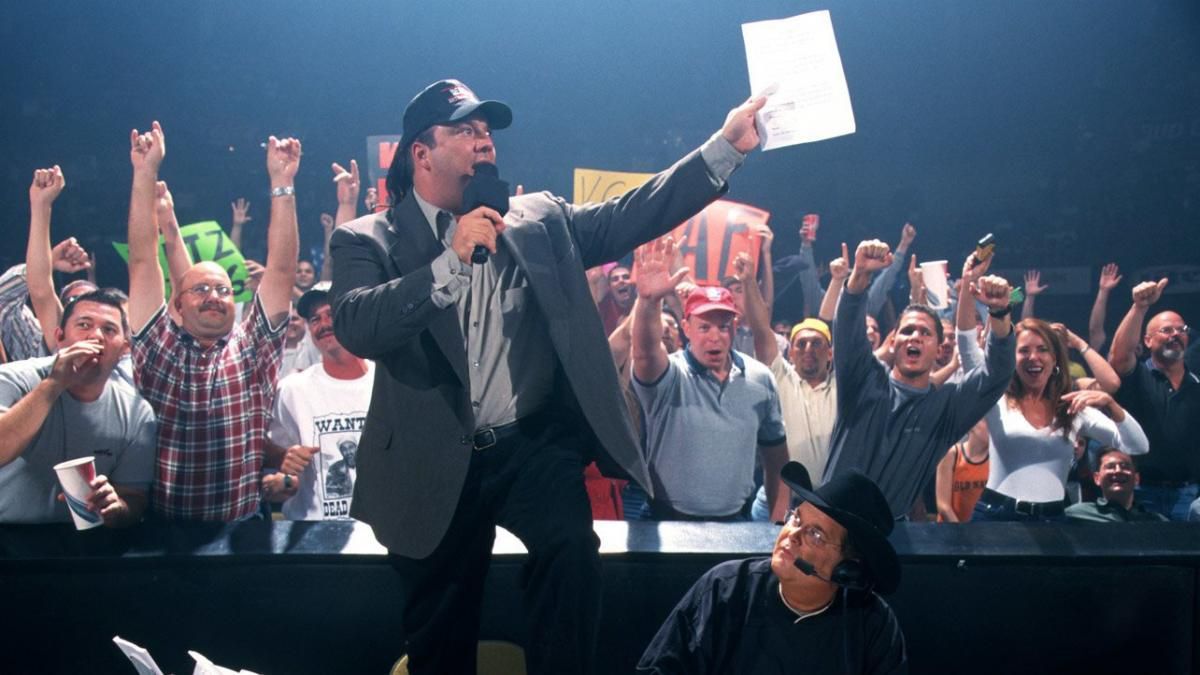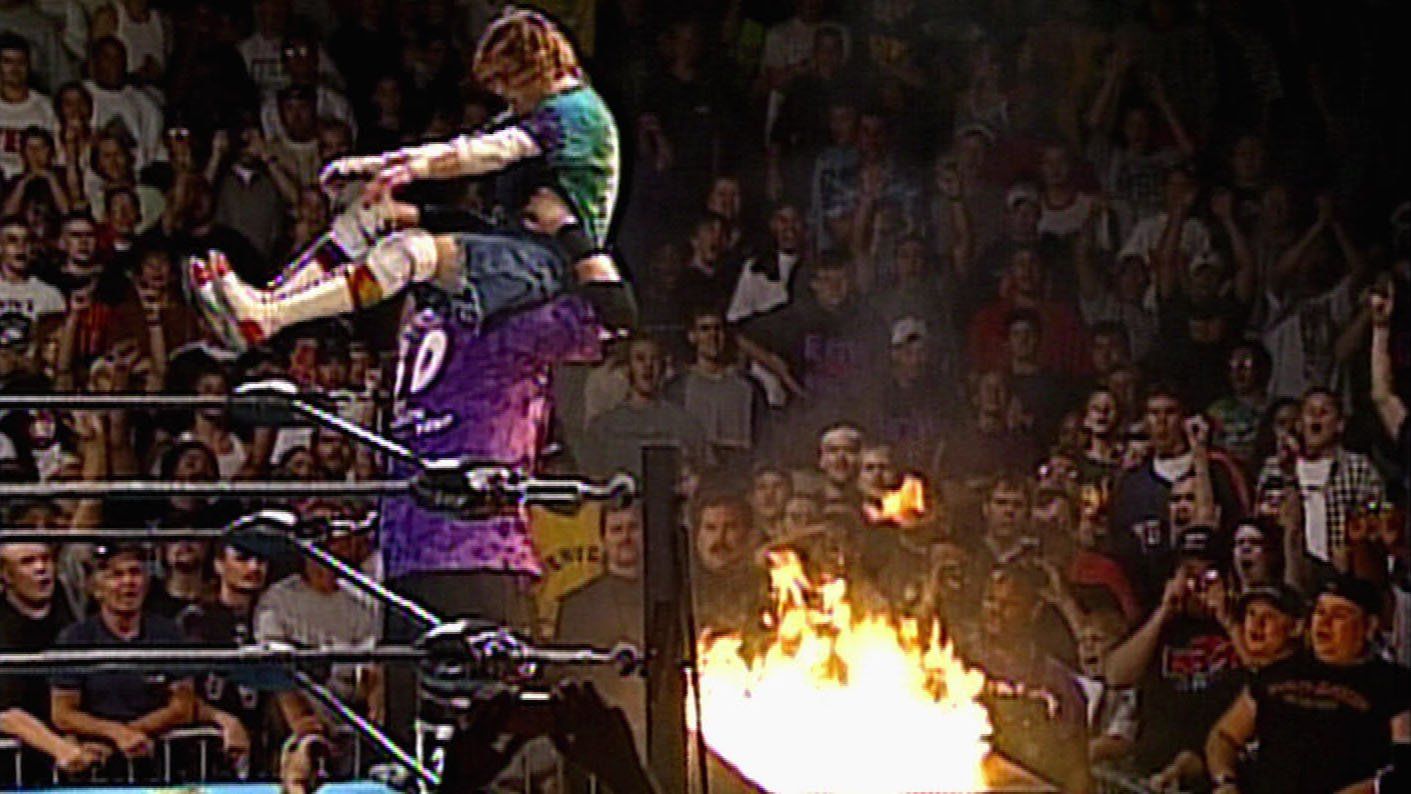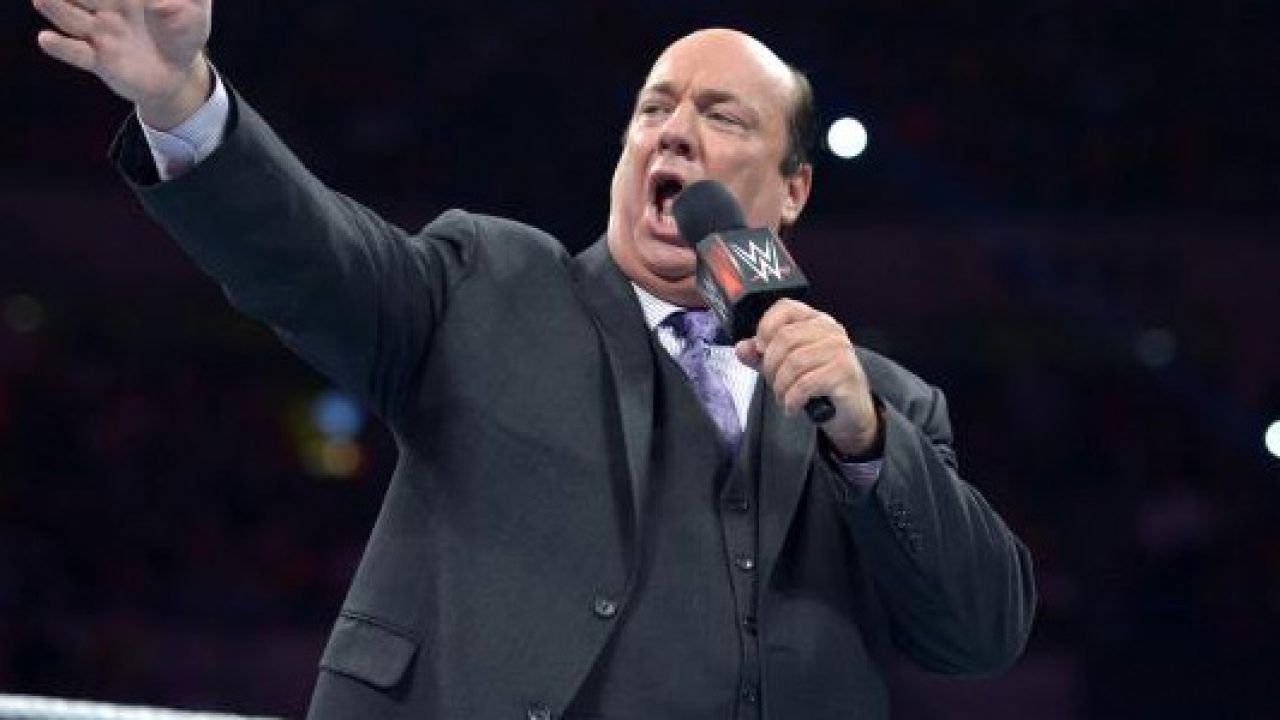Extreme Championship Wrestling has been off the air for over a decade. Even the WWE-owned version of the brand saw its most recent episode in February of 2010, making the revived version of the promotion almost a decade laid to rest.
Despite the time which has passed, chants still fill arenas, superstars still relish in the glory, and Paul Heyman is still a household name.
RELATED: 10 Ridiculous Ways WCW Wasted Money
Despite the legacy it left, ECW was a poorly managed promotion which never saw the national success modern flashbacks might imply. Reviewing the history of the promotion, one might wonder how its name ever came to fill arenas on the current WWE product. Here are 10 ways ECW wasted money before its eventual demise.
10 Layla El
To start this list off, we’ll go easy on Paul Heyman.
Fans of ECW will know that the ECW branded SyFy program was well after Vince McMahon had gained full control of the ECW label. Nonetheless, this is a list about how ECW wasted money. Not Paulie.
2006 Diva Search winner Layla El made her way to ECW in January 2007 as part of Extreme Expose with Kelly Kelly and Brooke Adams. All three ladies were extremely inexperienced, and their faction was more of a gimmick than a true contender. Given the $250,000 price tag on her Diva Search contract, Layla counts as a sure waste of money for the ECW brand.
9 TNN
Focusing on the original ECW product, one huge waste of money for ECW was the high production value expected by TNN.
Obtaining a successful wrestling promotion, TNN expected ECW to present a similar image for their network as WWE and WCW were. Despite ECW independently holding a negligible share of the market, along with a small budget from the network little-to-no advertisement, TNN placed the responsibility of producing such an image on Paul Heyman’s promotion.
Given the funding this would require from ECW, it’s no wonder that Heyman was unable to pay talent shortly after this move. What is surprising is the amount of success ECW was able to find despite the budget and ad time.
8 The Sandman
To be fair, The Sandman isn’t the only ECW wrestler who could fit into this category. There are several who could fairly headline this entry. Sandman just happens to be the most successful.
ECW saw its fair share of successful talent come and go. The likes of Raven, Mick Foley, Eddie Guerrero, Rey Mysterio, Christ Jericho, Rob Van Dam, and more made their way through the Pennsylvania promotion. But those aren’t the stars we associate with ECW.
The talent listed above would leave ECW for opportunities. What ECW held onto were stars like Sandman who fit the “hardcore” brand but wouldn’t necessarily turn heads in other promotions. Despite their lack of technical ability, icons like Sandman were indispensable to ECW and became legends in their own right.
7 Material Cost
This one is a given.
ECW was known for being the house of hardcore way before Tommy Dreamer coined the phrase. Among some wild headlines from ECW, consider the following: flaming chair burns fan; barbed wire ring-ropes; fans fill ring with their chairs; fans filling the ring with any weapons they choose; Sabu.
That last one was a joke, but seriously think about the material cost of these matches. Wrestlers would bleed. Wrestlers would break things. FANS would break things. The material costs of the matches alone were enough to compete with promotions making exponentially more in revenue.
6 Mass Transit
If you’ve followed ECW, then you knew this one had to make the list. Much like Sandman was a representative for performers who didn’t have the right kind of talent for other promotions, this incident can be a stand in for several which wouldn’t have occurred elsewhere.
To summarize, ECW allowed a 17-year-old named Erich Kulas to perform in 1996. Kulas was set to work with the notoriously dangerous New Jack in place of Axl Rotten. Kulas misled the promotion in order to make the match and had two arteries severed in a blading-gone-wrong incident.
While Paul Heyman was able to remove legal liability from the equation, ECW’s very first pay-per-view was canceled the following month, negating all the preparation and promotion which had went toward the event.
5 Broadcasting
Despite its notoriety, the pre-WWE version of ECW was never broadcasted nationally with the brief exception from August 1999 through December 2000. During this time, ECW was aired on local networks such as MSG Network and American Cable Productions.
While their bankruptcy claim cited multiple such networks, the top two of these alone were nearly $500,000. While exposure is crucial to any promotion which is seeking acclaim, the amount of debt which ECW incurred regionally was extremely excessive, begging the question of how or when Heyman could have found the resources to overcome this deficit.
4 Promotional Costs
Ignoring the $200,000 in legal fees detailed in the bankruptcy filing, ECW’s promotional costs were a blatant excess which could have been cut to better favor the company. This entry pulls from the pressure TNN placed on the promotion, coupled with incidentals mentioned earlier by the nature of the brand.
Promotional materials such as signs, printing costs, rent, and materials alone had the company over $100,000 in debt. For a regional promotion which never saw long-term success, the amount of money devoted to these costs was unimaginable and was not able to be recouped or sustained at the time the promotion went under.
3 Continued Identity
All the debts and costs for materials mentioned earlier could have been negated if ECW had toned down its product in 1999 and fulfilled its three-year deal with TNN. Personalities such as Bully Ray Dudley and Vince McMahon have been cited multiple times as giving Heyman the advice to tone his promotion down for national television. But we know that he didn’t.
In truth, TNN wanted a share of the revenue from professional wrestling. When they ultimately removed ECW from television, it was in favor of the more polished image WWE presented. Had Heyman refined his product slightly, ECW might have never lost its slot on the network and continued long enough to recoup its debts.
2 Running the Promotion After TNN
After losing the broadcast deal with TNN, Paul Heyman continued managing ECW in order to attempt another run on national television. This is understandable given the popularity of the brand and the originality it offered. Unfortunately, this was unsustainable given that talent had already been receiving cold checks for performances.
Returning from national notoriety to regional status, adding only a few dedicated fans who enjoyed what the brand offered, Heyman invested and borrowed further to keep the promotion alive. While ECW closed for good independently four months after TNN ended its relationship with the promotion, the writing was on the wall prior, and Heyman should have heeded the warning.
1 The Mole
Tracing back to the roots of ECW, this is another factor fans know all too well.
Founder Tod Gordon would leave the promotion in 1997 after allegedly being fired by Heyman for involvement in the locker room on behalf of other promotions. If this is to be believed, it could explain the list of talent who left the promotion for WCW in the 1990’s.
Think about if ECW had cut Gordon sooner or maintained some of the talent they lost. If ECW had maintained a start like WWE had in Stone Cold Steve Austin or WCW had in Sting. Think of how much money was wasted paying talents who found larger ventures, and how that could have been mitigated without a mole in the locker room.

